Different Types of Bulk Carriers
Vessels that ply loose cargo loads in bulk quantities across oceanic channels are referred to as bulk carriers.
The idea of a bulk carrier to transport important food grains, ores and minerals date back to the 1850s. However, there have been several noteworthy advancements in the construction and utilisation of the vessel type in the years following.
A bulk carrier is explicitly designed to carry un-packaged bulk Cargoes. The aboriginal bulk carriers were built in the year 1852. These vessels are continually developed by the time due to its efficiency, economic forces, adaptability and carriage capacity.
Today, the market share of bulk carriers make up around 21% of the global merchant fleet. Over 50% of all Bulk carriers belong to Greece, Japan or Chinese owners, whereas more than 25% of them are registered only in Panama.
If we only talk about shipbuilding, then South Korea is the most prominent builders of ships, and about 82% of all Bulk carriers are built in Asia.
Related Read: Shipbuilding Process – Plate Stocking, Surface Treatment and Cutting
These constructional developments have ensured that the bulk carrier vessels remain an indispensable and integral cog in the merchant maritime domain. These developments also enhanced the safety of bulk carriers.
Statistics show that in the current prevailing merchant marine scenario, bulkers account for almost 40% of the total mercantile vessels operable globally, which could very well rise in the coming decades.
The vessel’s crew member undertakes all operations of a ship at sea and even at the port.
Related Read: Measures Taken During Shipboard Operation for the Safety of Ship’s Crew, Cargo, and Marine Environment
The cargo operation, i.e., loading and discharging complexity may differ, but approximate time ranges from a few days to weeks and sometimes even months.
As of 1999, the International Convention for the Safety of Life at Sea defined a bulk carrier as, “A ship constructed with a single deck, top side tanks and hopper side tanks in cargo spaces and intended to carry dry cargo in bulk primarily; an ore carrier; or a combination carrier.”
Due to the popularity of steam-powered vessel, specialized bulk carriers cropped up. The antecedent bulk carrier was a British coal carrier named “ SS John Bowes” in the year 1852. This era of bulk carriers used water as ballast instead of sandbags.
Related Read: A Guide To Ballast Tanks On Ships
Loading and unloading of cargo by conveyor belts also got introduced during this time. This not only provided an efficient way to carry out the cargo operation but also escalated the speed of such operation, thus decreasing the loading & unloading time. Later in 1911, bulk carriers with diesel propulsion got introduced in the market.
Giving testimony to the developmental paradigms of the bulkers, mentioned below are some of the significant kinds of the vessel type:
Types of Bulk Carriers By Design
Basic Bulk Carrier / Conventional Bulkers
- A conventional bulker is a vessel that is built with hatchways. Alongside, the vessel is also equipped with cranes and transporters to facilitate ease in the loading and unloading processes. These vessels enjoy much better tractability in terms of their cargo loads and their navigational routes.
- These bulk carriers have holds capped by hatch covers.
- The number of holds depends on the size of the vessel. They range from 5 for 35000-ton vessels to 9 for 250,000-ton vessels
- They use their own cranes to load and discharge the cargoes especially in ports where there are no shore-cranes available.
Related Read: 14 Practical Tips For Maintenance And Operation Of Cargo Crane On Ships
- These bulk carriers are constructed in such a way that they can carry multiple numbers of cargoes and can travel anywhere in the world.
- These vessels were the first ones to be added in the modernized fleet.
Combined Bulk Carriers
- These type of bulk carriers have special design and are quite expensive in comparison to other types of Bulk Carriers.
- The vessels have greater flexibility in order to carry Ore bulk and even oil as Cargo.
- These vessels could be easily identified as the deck area has both pipelines and Pontoons.
Related Read: Understanding Design Of Bulk Carriers
- They carry bulk cargoes inside the hold and oil in the wing tanks.
- The carrying capacity of these holds is much more as compared to any other type of vessels as the holds are extended to full breadth.
- These types of vessels were abound in the 1970s but the market for these types of vessels started dying down in 1990s.
Gearless Bulk Carrier
- Bulkers that are unequipped with cranes and conveyor facilities are gearless bulkers.
- Huge in size, these bulk carriers make port only on those ports of call which provide conveyor and crane facilities to discharge their bulk loads. And since only a few ports offer such facilities, there automatically comes a cap on the number of port calls made by a gearless bulk carrier.
- These are the bulkers which have no cranes or even conveyors of their own.
- Because of the above reason, these bulk carriers are unable to carry out operations were shore assistance is not provided.
- These bulkers are big in size and can only go alongside the largest and avant-garde ports.
- These bulk carriers are very cost effective as there is no expense on installation, maintenance and operation of the Cranes/Gears.
Self Dischargers
- These type of bulkers have Self-discharging/Loading facilities on board in the form of Conveyors or Cranes.
- These vessels can operate in any inaccessible waterway as they do not require any shore-based system to carry out operations.
- These bulk carriers have the capability to discharge directly on the quay, a barge, a warehouse or hoppers.
- This application was introduced basically for deep sea trade in view of the adequacy of the bulk handling facilities around the world.
- In these bulk carriers, hold terminates above the Double bottom tank top, setting up a series of hoppers which are hydraulically operated.
Bulker Lakers
- The bulk carrier ships that ply in the American Great Lakes are called as the lakers. Recognisable on account of their distinct constructional style, these vessels enjoy better operational longevity.
- These type of bulk carriers were embossed specifically for trading in Great Lakes.
Related Read: 10 Great Lakes Shipwrecks
- You can easily identify it as these bulkers have accommodation in forwarding which helps them to transit the locks easily.
- These vessels are exposed to very less corrosion damage and have a very long lifespan as they trade only in the fresh water.
- The largest Laker is of 300m in length, with a width of 32m and a maximum draught of 15m.
- These Lakers were initialled called as boats but classified as vessels later on.
BIBO or “Bulk-In, Bags Out”
- Acronym for Bulk-In, Bags Out; these kinds of bulkers streamline the loaded bulk cargo in the vessel by sacking the same into smaller quantities. Since the process occurs simultaneously, while the cargo is loaded onto the ship, these vessels command unique respect amongst the other existing vessel kinds.
- This is a very special type of bulker, where the cargo is loaded as bulk but are equipped with equipment to bag those bulk cargo and discharge them in bags.
- The port stay of these vessels are very short in their destinations as the time taken to discharge bagged cargo is very less.
Open Hatch Bulk Carrier/Forest Product Carriers
- These type of bulk carriers don’t have upper & lower wing tanks. In place of the wing tanks, they have linear sides which helps them to accommodate forestry products.
- As the name says, these vessels have an open hatch to directly load the cargo and discharge.
- These vessels are geared with moving or fixed gantries, which assists them to load and discharge the cargoes.
Because of its nature of Cargo, these vessels may be retrofitted with the following below:
- Vacuum equipment for carrying out cargo operations.
- Dehumidification system.
As these vessels deal with a large variety of cargo, their cranes have special attachments such as clamps, multi lifts and frames.
Types of Bulk Carriers As Per Size
Bulk carriers can be segregated in 9 major categories as per their size. Apart from categorising them in six sizes, they can also be categorised further as per the region of trade or Port.
Because of the increasing demand of bulk carriers international market, the shipbuilders built bulkers specifically for certain ports where there were restrictions in either length, breadth or draught.
Please see the categorisation of the bulk carriers below:
Major Category of Bulk Carriers As Per Size
Mini Bulk Carrier
- Dead weight tonnage of these vessels is less than 10,000.
- They have less than 5 Cargo Holds.
- They typically carry minor or general cargoes.
Small Bulk Carrier
- Dead weight tonnage of these vessels is between 10,000 to 25,000.
- They have less than 5 holds.
- They carry minor bulk or steel products in general.
Handy Size Carriers
- Dead weight tonnage of these vessels is between 25,000 to 40,000.
- They usually have 5 holds.
- They carry minor bulk or steel products in general.
Handymax Carriers
- Dead weight tonnage of these vessels is between 40,000 to 60,000.
- They usually have 5 holds.
- In general, they carry Minor Bulk, Steel products, Coal and Grains.
Panamax Carriers
- Dead weight tonnage of these vessels is between 60,000 to 100,000.
- It usually has 7 cargo holds.
- They generally carry Bauxite, coal, grain, Ore, Phosphate etc.
- These vessels have a maximum breadth of 32.2m.
- This size of bulkers was introduced to pass through the Panama Canal.
Post-Panamax Bulk Carrier
- Dead weight tonnage of these vessels is between 80,000 to 120,000.
- They usually have 9 cargo holds.
- These vessels have more breadth than the Panamax and were designed for the bulkers to transit through the New locks of Panama Canal.
Capesize Bulk Carrier
- Dead weight tonnage of these vessels is between 100,000 to 200,000.
- They usually have 9 cargo holds.
- These vessels travel from Asia to Europe without entering the Suez Canal.
- They are completely gearless with no cranes or derricks and completely rely onshore facilities for loading and discharging.
VLBC (Very Large Bulk Carriers)
- Dead weight tonnage of these vessels is over 200,000.
- They usually have 9 cargo holds or more.
- They are completely gearless with no cranes or derricks and completely rely onshore facilities for loading and discharging.
Category Of Bulk Carriers Under Size As Per Region
Karsarmax Bulker
- These Bulkers were designed to berth specifically at the Port of Kamsar (Republic of New Guinea).
- Max allowable length overall is 229 m and are larger than the Panamax.
Newcastlemax Bulker
- This size of bulkers referred to the largest vessels which can enter Port of Newcastle, Australia.
- This size of vessels has a maximum Beam of 50m and length of 300m.
Setouchmax Bulker
- This size of vessels was designed for vessels to navigate in Setouchi Sea, Japan.
- They were restricted to 203,000 DWT(Dead Weight Tonnage)
Seawaymax Bulker
- This size of the vessel is referred to the vessels which can pass through the Locks of the St. Lawrence Seaway (Great Lake, Canada).
- Their length was restricted to 226m and draught of 7.92 m.
Malaccamax Bulker
- This size of the vessel is referred to vessels which could pass through Strait of Malacca.
- The maximum allowable LOA is of 330m, the draught of 20m and DWT of 300,000.
Dunkirkmax Bulker
- These bulkers were designed to trade in the eastern Harbour lock in the Port of Dunkirk(France)
- The Maximum allowable beam is of 45 m / LOA of 289 m and 175,000DWT.
In order to accommodate the ever-growing size of bulkers, there have been several reformations brought about in various navigational channels. Names like Panamax, Handymax and Capesize, in this context are important developments as they highlight pinnacles of growth achieved by the international maritime sector.
You may also like to read – What Are Supramax Cargo Vessels?
Disclaimer: The authors’ views expressed in this article do not necessarily reflect the views of Marine Insight. Data and charts, if used, in the article have been sourced from available information and have not been authenticated by any statutory authority. The author and Marine Insight do not claim it to be accurate nor accept any responsibility for the same. The views constitute only the opinions and do not constitute any guidelines or recommendation on any course of action to be followed by the reader.
The article or images cannot be reproduced, copied, shared or used in any form without the permission of the author and Marine Insight.
Do you have info to share with us ? Suggest a correction
Latest Type Of Ships Articles You Would Like:

About Author
An ardent sailor and a techie, Anish Wankhede has voyaged on a number of ships as a marine engineer officer. He loves multitasking, networking, and troubleshooting. He is the one behind the unique creativity and aesthetics at Marine Insight.
Subscribe To Our Newsletters
By subscribing, you agree to our Privacy Policy and may receive occasional deal communications; you can unsubscribe anytime.



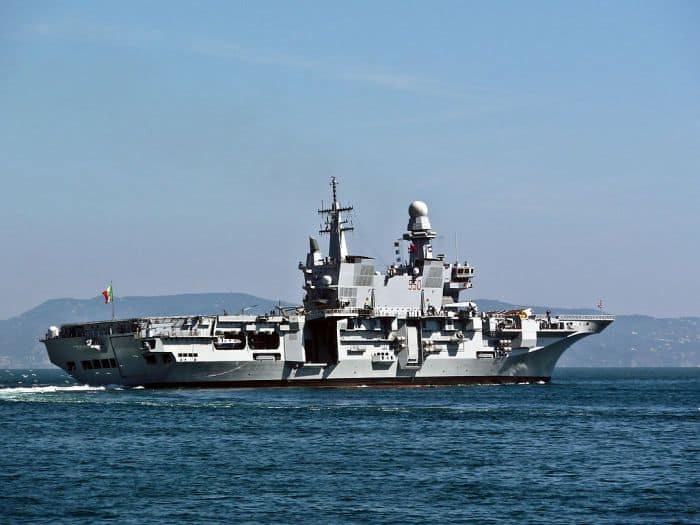
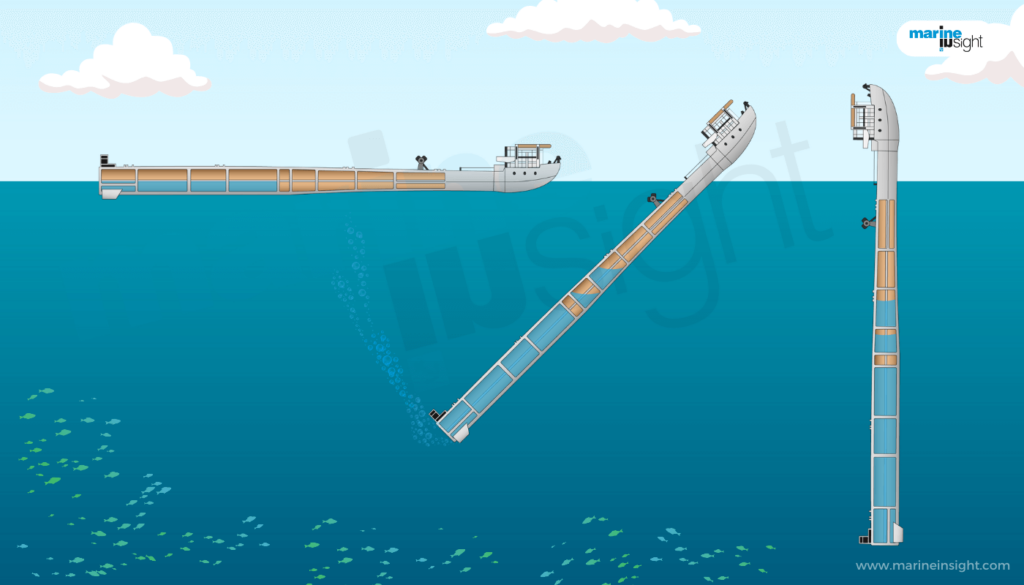

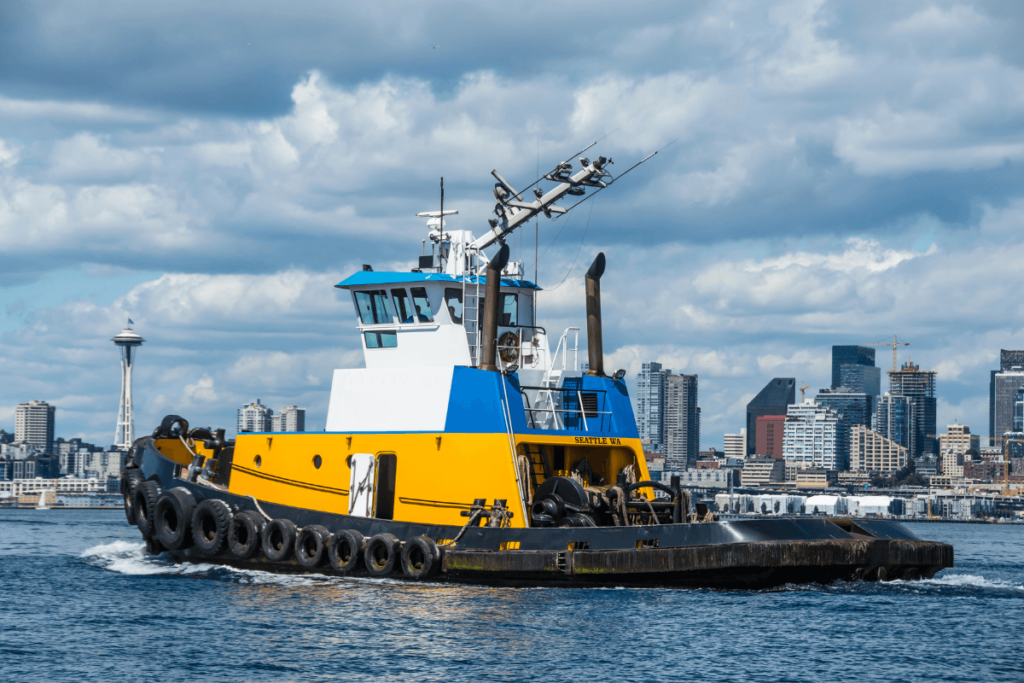

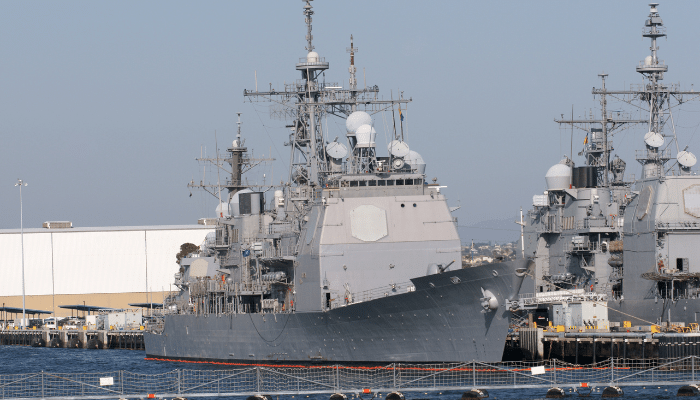


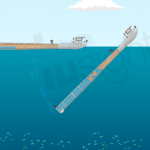

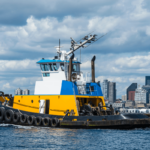


Very good. And informative article,.
Very well penned down in short and simppe language.
Keep posting articles like these
Thanks I got all I wanted.
@Divine: Glad you find it useful.
Well done!
Very useful
I need some companies that carry bulk paddy rice from usa to venezuela. Please help.